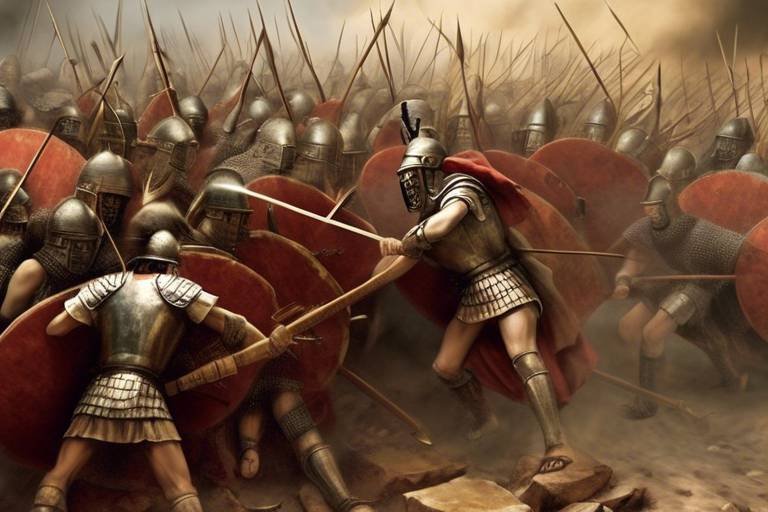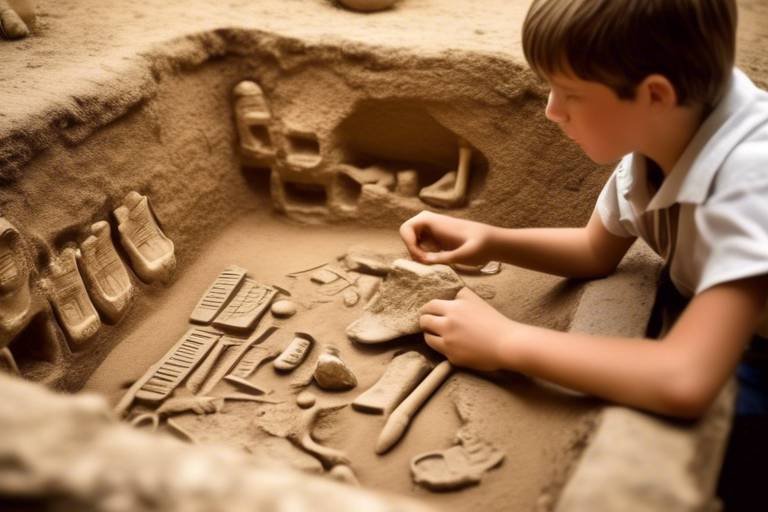The Ethics of Using Human Remains in Archaeology
Exploring the complex ethical considerations surrounding the excavation, study, and display of human remains within the field of archaeology involves a delicate balance between scientific advancement and ethical responsibilities. It is crucial to approach the handling of human remains with the utmost respect and sensitivity, considering the individuals they once were and the communities they belong to.

Respect for the Deceased
When it comes to the study and handling of human remains in archaeology, one of the most fundamental ethical considerations is the utmost respect for the deceased individuals involved. It is crucial to acknowledge that these are not mere artifacts or specimens but were once living beings with their own identities, stories, and connections to communities.
Archaeologists and researchers must approach human remains with a profound sense of reverence and empathy, recognizing the humanity of those whose remains they are working with. Every bone, tooth, or fragment represents a life lived, a person who existed in a specific time and place, and thus deserves to be treated with dignity and respect throughout the entire archaeological process.
Moreover, respecting the deceased goes beyond the physical handling of remains; it also encompasses the ethical responsibility to consider the emotional and spiritual significance attached to them by descendant communities. Understanding and honoring the cultural beliefs and practices related to death and burial is essential in ensuring that the deceased are not reduced to mere objects of study but are acknowledged as individuals deserving of respect and recognition.
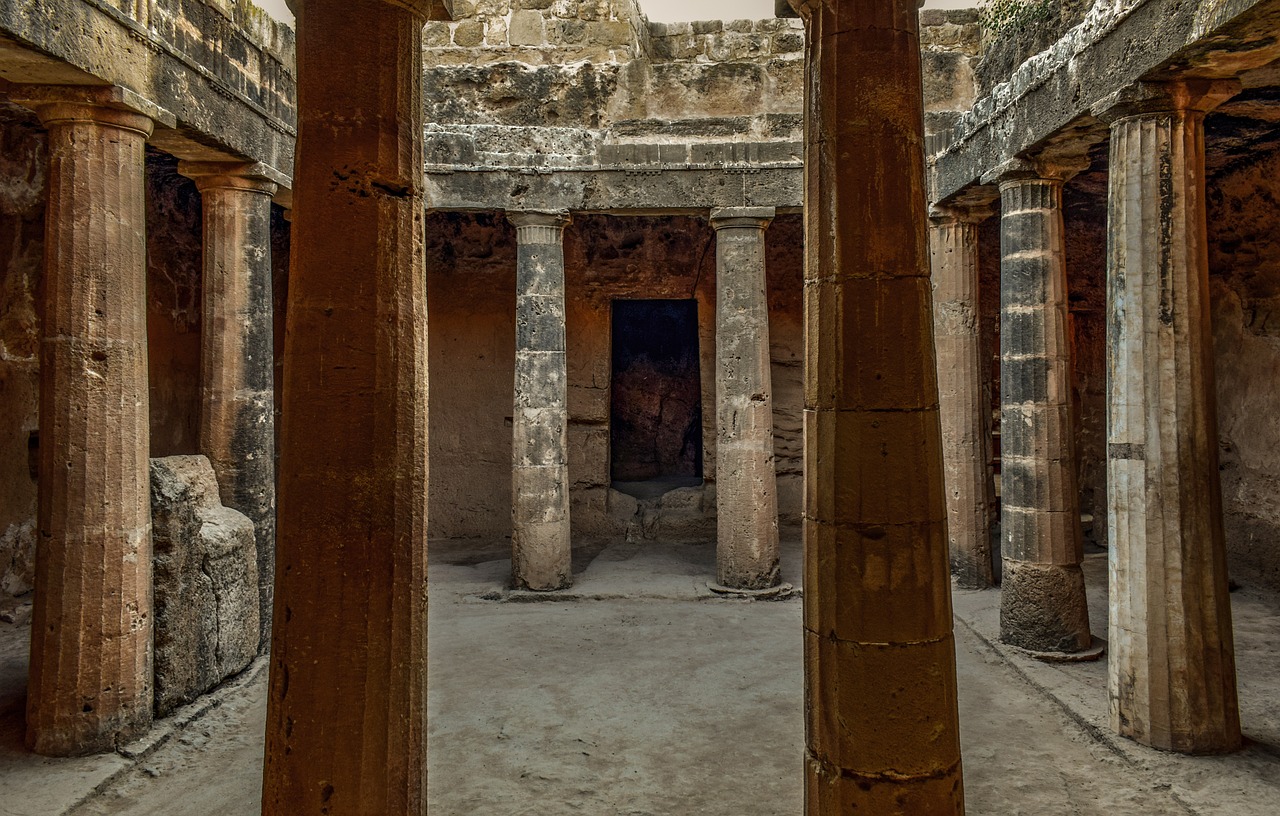
Consent and Stakeholder Involvement
Exploring the complex ethical considerations surrounding the excavation, study, and display of human remains within the field of archaeology, including issues of consent, cultural sensitivity, and respectful treatment of the deceased.
Discussion on the importance of treating human remains with dignity and respect, considering the deceased individuals as more than just objects of scientific study.
Examining the necessity of obtaining consent from descendant communities and involving stakeholders in decision-making processes regarding the handling of human remains.
Exploring established protocols for engaging with local communities and indigenous groups to ensure their perspectives and wishes are respected in archaeological practices.
Addressing the ethical obligations of archaeologists to be culturally sensitive and support the repatriation of human remains to their respective communities.
Overview of legal frameworks and policies that govern the repatriation of human remains, emphasizing the importance of returning them to their rightful communities.
Examining the ethical considerations involved in using human remains for educational and research purposes, balancing scientific advancement with ethical responsibilities.
Exploring innovative approaches and technologies that can be used in archaeology to study human remains without causing harm or offense to descendant communities.
Looking ahead at emerging ethical guidelines and best practices for the ethical treatment of human remains in archaeology, aiming to foster greater respect and understanding in the field.
When it comes to working with human remains in archaeology, obtaining consent and involving stakeholders are crucial aspects of ethical practice. Respect for the deceased extends to their living descendants and communities, making it essential to engage with them in decision-making processes. By seeking consent and involving stakeholders, archaeologists can ensure that the handling of human remains is done with sensitivity and respect.

Community Consultation Protocols
When it comes to archaeological practices involving human remains, community consultation protocols play a crucial role in ensuring respectful and ethical engagement with descendant communities and indigenous groups. These protocols are designed to establish a framework for meaningful dialogue, collaboration, and decision-making processes that prioritize the perspectives and wishes of the communities involved.
One key aspect of community consultation protocols is the recognition of the unique cultural and spiritual significance that human remains hold for many communities. By engaging in open and transparent communication, archaeologists can gain valuable insights into the beliefs, traditions, and protocols of the descendant communities, allowing for a more culturally sensitive approach to the handling of human remains.
Moreover, community consultation protocols often involve the establishment of mutually agreed-upon guidelines and procedures for the excavation, study, and eventual repatriation of human remains. This collaborative approach not only fosters trust and respect between archaeologists and communities but also ensures that the ethical considerations and wishes of the communities are central to decision-making processes.
Through the implementation of community consultation protocols, archaeologists can navigate the complex ethical landscape surrounding the use of human remains in a way that upholds the principles of respect, consent, and cultural sensitivity. By actively involving descendant communities in the archaeological process, researchers can work towards a more inclusive and ethical approach to the study and treatment of human remains.
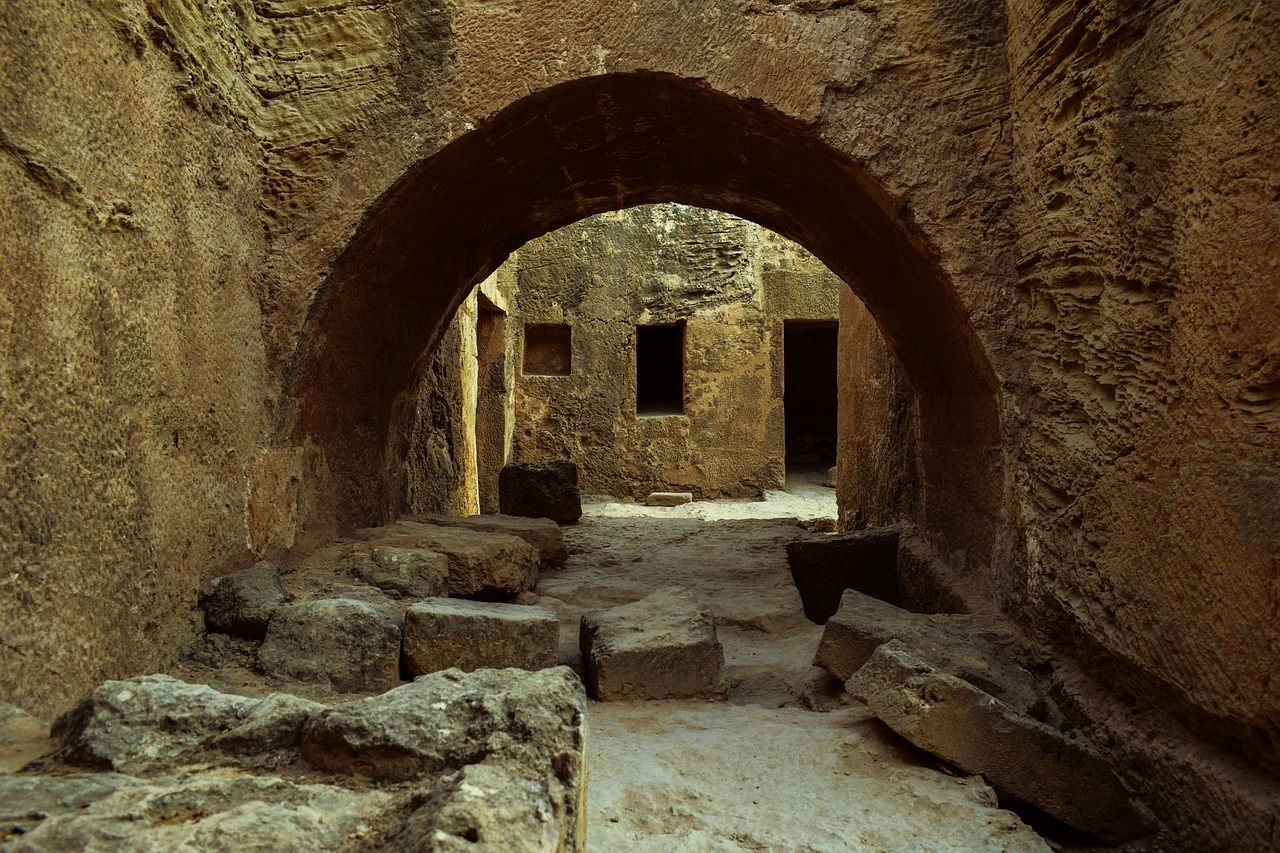
Cultural Sensitivity and Repatriation
When it comes to the field of archaeology, the ethical considerations surrounding the handling of human remains are paramount. are key aspects that archaeologists must carefully navigate to ensure the respectful treatment of the deceased individuals and their communities.
Archaeologists have a moral obligation to approach human remains with respect and cultural sensitivity, acknowledging that these are not just artifacts but once-living individuals with cultural significance. It is crucial to understand and honor the beliefs and practices of the communities to which these remains belong.
One of the central ethical responsibilities in archaeology is the repatriation of human remains to their rightful communities. This process involves returning the remains to the descendants or cultural groups from whom they were originally taken, respecting their wishes and cultural traditions.
Legal frameworks and repatriation laws play a significant role in guiding the process of returning human remains. These laws aim to ensure that the rights and interests of descendant communities are protected, emphasizing the importance of restoring human remains to their proper cultural contexts.
By prioritizing in archaeological practices, researchers can foster positive relationships with communities and promote a more ethical approach to the study of human remains. This not only respects the dignity of the deceased but also contributes to a more inclusive and respectful archaeological field.
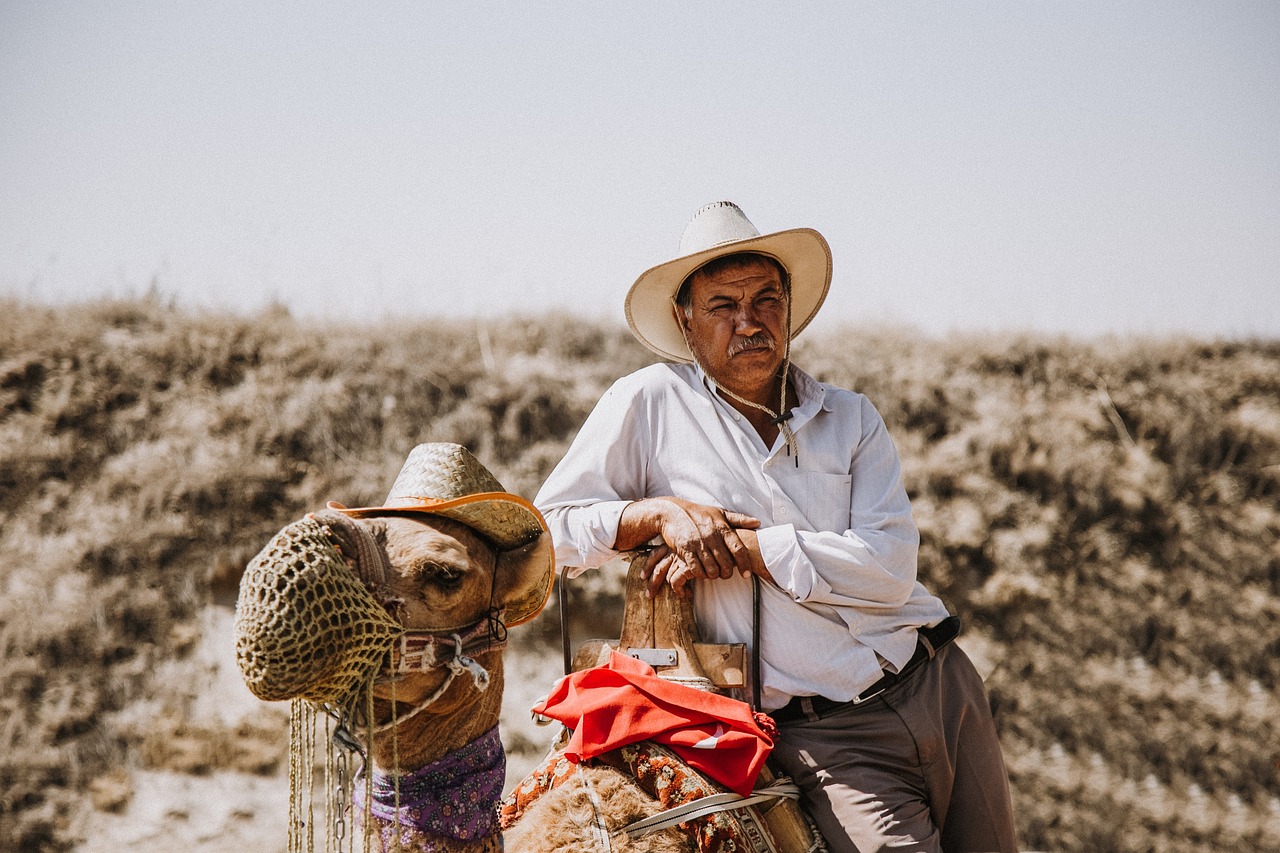
Repatriation Laws and Policies
When it comes to the repatriation of human remains in archaeology, play a crucial role in guiding the ethical handling and return of ancestral remains to their rightful communities. These laws and policies are designed to ensure that human remains are treated with respect and sensitivity, taking into account the cultural and spiritual beliefs of descendant communities.
One key aspect of is the recognition of the rights of indigenous peoples and descendant communities to claim and repatriate human remains and cultural objects that have been taken without consent. These laws often outline the procedures and requirements for the repatriation process, including the documentation and provenance of the remains, as well as the consultation with relevant stakeholders.
Moreover, also address the issue of ownership and custodianship of human remains, emphasizing the importance of returning them to the communities from which they originated. By upholding these laws, archaeologists and institutions can demonstrate their commitment to ethical practices and cultural sensitivity in the field of archaeology.
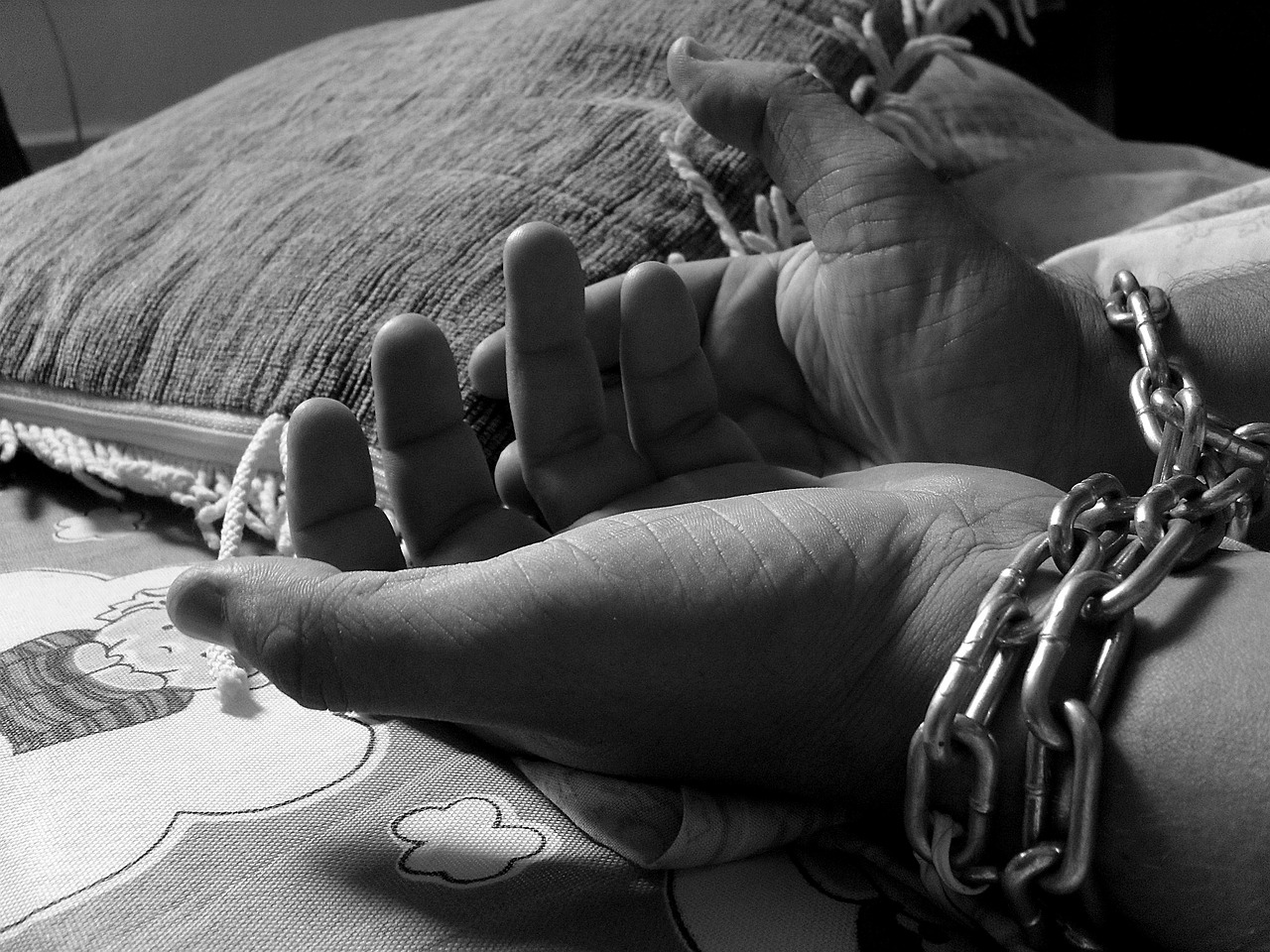
Educational and Research Purposes
When it comes to using human remains for educational and research purposes in archaeology, a delicate balance must be struck between advancing scientific knowledge and upholding ethical responsibilities. The study of human remains can provide valuable insights into past societies, lifestyles, and health conditions, contributing to our understanding of history and human evolution. However, it is crucial to approach this research with the utmost respect and consideration for the individuals whose remains are being studied.
Archaeologists engaging in research involving human remains must navigate complex ethical considerations, taking into account the cultural sensitivities and beliefs of descendant communities. It is essential to recognize that human remains are not merely objects for study but were once living individuals who deserve to be treated with dignity and reverence.
Furthermore, ethical guidelines dictate that researchers should seek to obtain consent from relevant stakeholders, including descendant communities, before conducting studies on human remains. In cases where consent cannot be obtained, alternative methods and technologies should be explored to minimize any potential harm or offense.
Education plays a vital role in the ethical use of human remains in archaeology. By incorporating human remains into educational programs, students can learn about the complexities of archaeological research, ethical considerations, and the importance of respecting the deceased. Additionally, research conducted on human remains should aim to contribute to broader scientific knowledge while upholding the values of cultural sensitivity and respect.

Alternative Methods and Technologies
When it comes to studying human remains in archaeology, it is crucial to consider alternative methods and technologies that can be employed to respect the deceased individuals and their communities. These approaches aim to balance the need for scientific research with ethical considerations, ensuring that the dignity of the deceased is preserved.
One innovative method that has gained traction in recent years is the use of non-invasive imaging techniques, such as CT scans and 3D modeling. These technologies allow researchers to examine human remains in detail without physically disturbing them, offering valuable insights into past populations while avoiding harm or offense to descendant communities.
Furthermore, virtual reality (VR) and augmented reality (AR) have emerged as powerful tools in the field of archaeology, providing immersive experiences that can enhance the study of human remains. By creating digital reconstructions and interactive simulations, researchers can engage with these artifacts in a respectful and educational manner.
Another promising approach is the utilization of stable isotope analysis, which involves studying the chemical composition of human remains to infer details about diet, migration patterns, and social structures. This method allows for non-destructive research while offering valuable information about past lifestyles and cultural practices.
Overall, the integration of alternative methods and technologies in archaeology demonstrates a commitment to ethical practices and cultural sensitivity. By embracing these innovative approaches, researchers can advance their understanding of human remains while upholding respect for the deceased and their communities.

Future Directions and Best Practices
Exploring the complex ethical considerations surrounding the excavation, study, and display of human remains within the field of archaeology, including issues of consent, cultural sensitivity, and respectful treatment of the deceased.
As the field of archaeology continues to evolve, it is essential to look towards future directions and establish best practices for the ethical treatment of human remains. One of the key aspects of future directions is the ongoing development of ethical guidelines that prioritize the respect and dignity of the deceased individuals. By implementing these guidelines, archaeologists can ensure that human remains are treated with the utmost care and sensitivity.
Furthermore, best practices in archaeology involve fostering collaboration and communication with descendant communities and stakeholders. This collaborative approach not only promotes transparency in decision-making processes but also allows for the inclusion of diverse perspectives and cultural values. By actively engaging with communities, archaeologists can navigate the ethical complexities surrounding the use of human remains more effectively.
Moreover, embracing technological advancements and alternative methods in the study of human remains is a crucial aspect of future directions in archaeology. By utilizing non-invasive techniques and innovative technologies, researchers can gather valuable data without causing harm or offense to communities. This forward-thinking approach not only enhances the scientific rigor of archaeological studies but also demonstrates a commitment to ethical research practices.
In conclusion, the future of archaeology lies in upholding the highest ethical standards and implementing best practices that prioritize the respect, consent, and cultural sensitivity of all involved parties. By continually reassessing and refining ethical guidelines, archaeologists can ensure that the study of human remains is conducted with integrity and compassion.
Frequently Asked Questions
- What ethical considerations are involved in using human remains in archaeology?
Using human remains in archaeology raises complex ethical considerations related to respect for the deceased, consent, cultural sensitivity, and the ethical treatment of remains as more than just scientific objects.
- Why is it important to obtain consent from descendant communities when handling human remains?
Obtaining consent from descendant communities is crucial to ensure their involvement in decision-making processes and to respect their wishes regarding the treatment and repatriation of human remains.
- What are the key aspects of cultural sensitivity and repatriation in archaeology?
Archaeologists have ethical obligations to be culturally sensitive and support the repatriation of human remains to their respective communities, following legal frameworks and policies governing repatriation.
- How can archaeologists balance educational and research purposes with ethical responsibilities?
Archaeologists must navigate the ethical considerations of using human remains for educational and research purposes by exploring alternative methods and technologies that minimize harm and offense to descendant communities.
- What are some emerging ethical guidelines and best practices for the treatment of human remains in archaeology?
Looking ahead, the field of archaeology aims to establish future directions and best practices to foster greater respect and understanding in the ethical treatment of human remains, incorporating innovative approaches and technologies.





